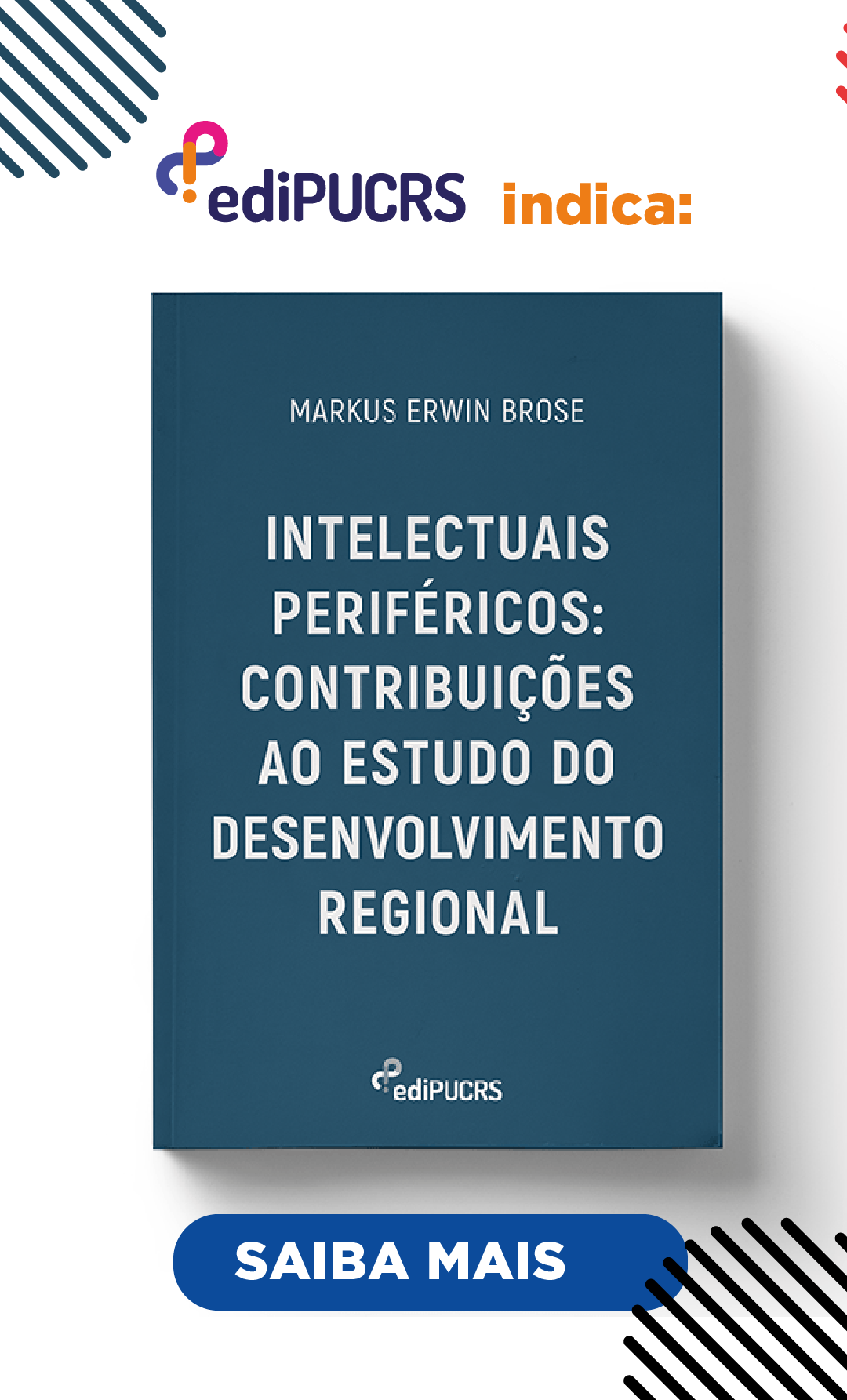International and intercultural communication: the struggle for the social imaginarium, the fear to segregation and the terrorism Case
DOI:
https://doi.org/10.15448/1984-7289.2005.2.4Abstract
This work presents a reflection about the communication phenomenon and its connections with the international affairs. Dominant factor in the contemporaneous world, the communications must be thought in a enlargement perspective, transposing aspects, contacts, universes, areas and regions with dimensions didn’t recognized before as a discipline. In this way, the contemporaneous world dynamic demand that the communications precise to be understandable in its dimensions by the researchers who has confused, or unrecognizing it. The problem of the intercultural communication, however, needs to be unlighted to permit that complex issues, as terrorism, be approached since a perspective that tries to solve it, because it can explain crucial aspects of how codifications, the social imaginaries, segregation and the terror. By this reason, the present article uses terrorism and a study case, showing how it can be better comprehended considering the problem of the intercultural communications. Key words: International policy; International communication; Intercultural communication; Segregation; Social imaginaries; TerrorismDownloads
Downloads
Published
2006-12-08
How to Cite
Wainberg, J. A. (2006). International and intercultural communication: the struggle for the social imaginarium, the fear to segregation and the terrorism Case. Civitas: Journal of Social Sciences, 5(2), 275–295. https://doi.org/10.15448/1984-7289.2005.2.4
Issue
Section
Articles
License
Copyright (c) 2016 Civitas – Journal of Social Sciences

This work is licensed under a Creative Commons Attribution-NonCommercial-NoDerivatives 4.0 International License.
The submission of originals to this journal implies the transfer by the authors of the right for printed and digital publication. Authors retain copyright and grant the journal right of first publication. If the authors wish to include the same data into another publication, they must cite this journal as the site of original publication. As the journal is of open access, the articles are allowed for free use in scientific and educational applications, with citation of the source (please see the Creative Commons License at the bottom of this page).




